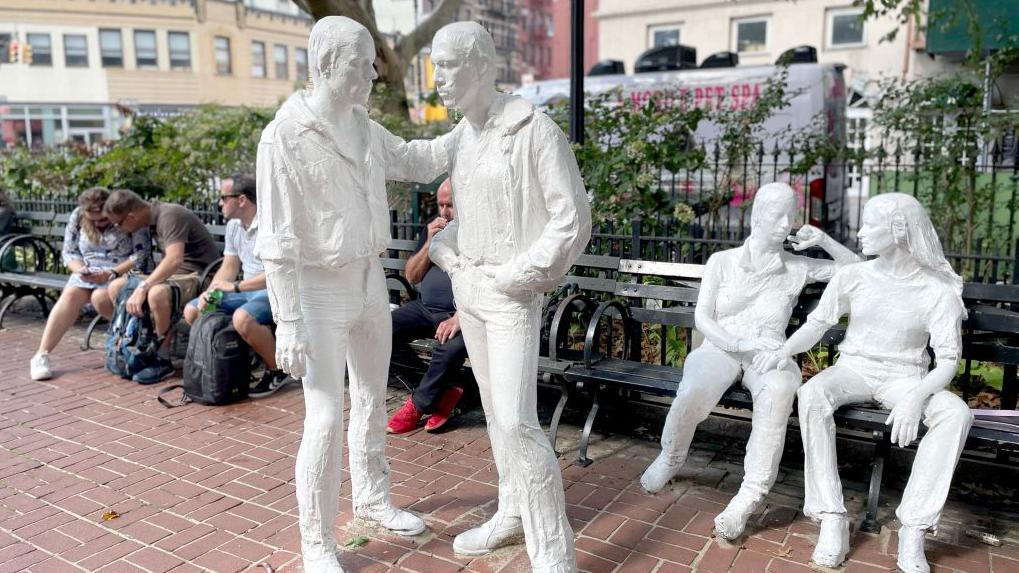In ancient Egypt, crocodiles held a unique and revered position, symbolizing both power and the divine. As apex predators of the Nile, they embodied the raw force of nature, while their connection to the river aligned them with Sobek, the deity associated with the Nile's life-giving waters and the primordial creation. This dual symbolism led to a complex cult dedicated to these creatures, with practices ranging from reverence and pampering to sacrifice.
Evidence of this intricate relationship is abundant, particularly in the vast number of mummified crocodiles discovered across Egypt. These mummified remains, found in "centers of sacred activity," not only showcase the scale of the crocodile cult but also the meticulous care taken in preserving these creatures for the afterlife. Some of these mummies are colossal, reaching up to 6 meters (almost 20 feet) in length, underscoring the significant effort put into their preservation and the reverence held for these creatures.
While many crocodiles met their fate as sacrificial offerings, some were treated as living embodiments of the divine. Suchus, a crocodile residing at the Crocodilopolis cult center, exemplifies this practice. He enjoyed a life of opulence, complete with a private pond, a lavish diet of bread, meat, and wine, and adornments of precious metals and jewels. Such pampering highlights the belief that these creatures were not merely animals but vessels of divine power.
The procurement of such large numbers of crocodiles has long been a subject of intrigue. The discovery of a hatchery at Medinet Madi suggests the possibility of captive breeding, yet the logistical challenges of managing such large and aggressive creatures in captivity raise questions.
Alternative theories point towards the capture of wild crocodiles. Herodotus, a Greek historian, described a practice where crocodiles were lured to the Nile's banks by the sound of a pig being beaten and then captured. A recent study adds weight to this theory. Researchers, examining a 2.2-meter-long (7.2-foot) mummified crocodile from the Birmingham Museum and Art Gallery, found a bronze fish hook and an undigested fish in its stomach. This suggests the crocodile was wild-caught, likely using a baited hook, and then swiftly mummified as an offering to Sobek. The undigested fish further supports this theory, indicating the crocodile was killed and processed shortly after its last meal.
This multifaceted approach to crocodile veneration reflects the complex religious landscape of ancient Egypt. Crocodiles were not merely feared or admired; they were revered as powerful symbols, embodying both the raw forces of nature and the divine connection to the Nile's life-sustaining waters. The intricate rituals and practices surrounding these creatures offer a glimpse into a society deeply intertwined with its environment and the spiritual significance it ascribed to the natural world.






























0 Comments